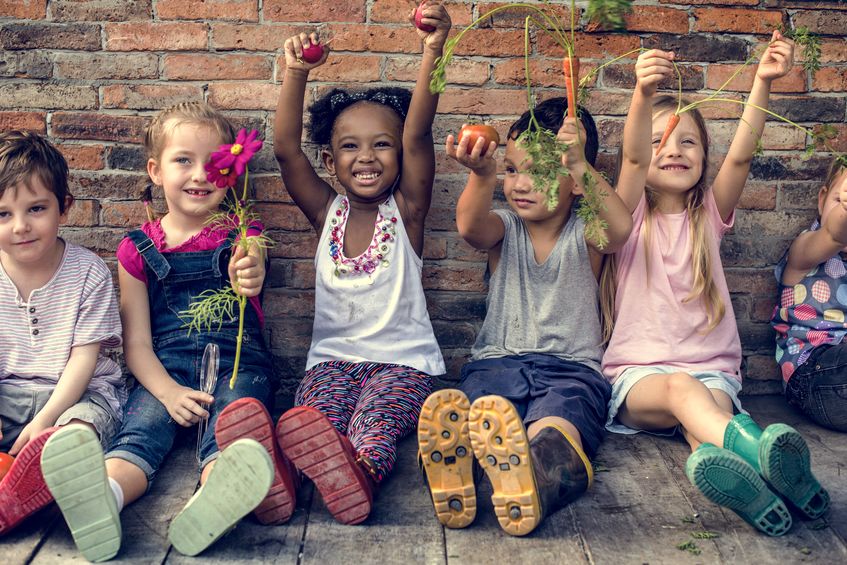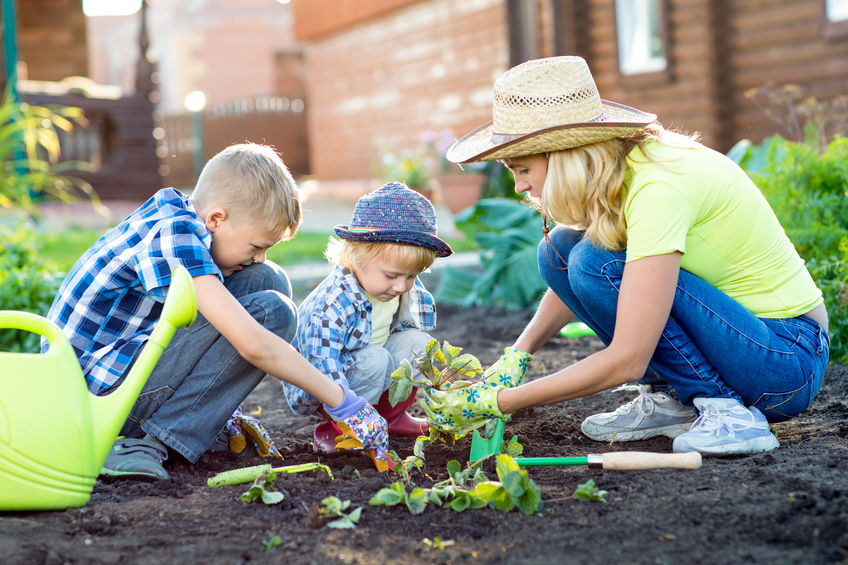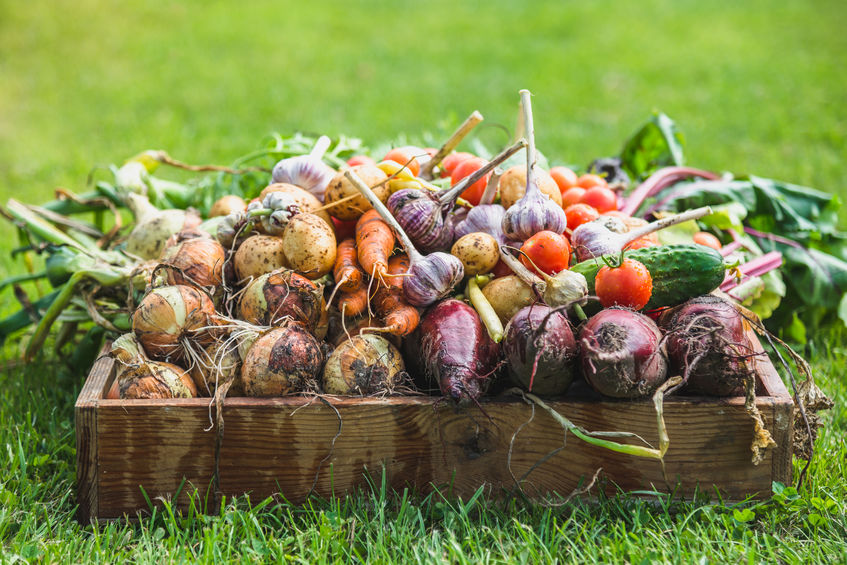Blog - Back-to-School Harvest: Getting Started

Back-to-School Harvest: Getting Started
With the mental and physical benefits of gardening well known among adults, introducing school-aged kids to this popular hobby early on in their education is a great way to kick off good habits early in life. From improving various skills to even your finances, the benefits are numerous:
- Teaches responsibility and patience
- Improves math skills
- Encourages healthy eating
- Improves self-confidence
- For kids, providing early exposure to dirt has long-term health benefits
- Financially speaking, gardening is an excellent long-term investment
Since we are in full back-to-school mode, tying it in with the fall harvest season gives you a timeline that is easy for kids to follow.
Depending on your specific climate, a certain amount of planning must take place. Some parts of the country have frost to deal with, which would destroy certain crops. To determine when to plant for the fall harvest, check out this informative link, which provides freeze and frost tables, and will give you the planting information you will need for your area. We also have some recommendations for the best vegetables to plant during a frost!
Here is a basic guideline for fall planting:
- Determine what crop you will harvest and get the seeds.
- Do some research to find your area and the date of the first frost.
Then count backward from that date to the number of days required for that particular seed to germinate.
- Add the number of days to maturity of the seeds you are using. This information will be on the back of the seed packet.
- Add an additional 14 days so the crop can adjust for daylight hours and shorter days that are part of autumn.

Here is an example:
Count back 12-14 weeks from your average expected first fall frost date to start seeds of Brussels sprouts, cabbage, broccoli, cauliflower, and kale indoors, because the conditions are much better than in your garden. Then as soon as they are three weeks old, put them outside during the cloudy weather.

Some great vegetables for a fall harvest include:
- Beets
- Green Beans
- Broccoli
- Brussels Sprouts
- Turnips
- Collards
- Green Onions (this one can be sown in late summer and it will survive winter if not harvested)
- Lettuce (summer to early fall) — this veggie loves cool weather!
Here is another very helpful link that is a wealth of information for your planting and harvesting needs.
It’s not a secret that vegetables are a very healthy source of nutrients. Now, with more plant-based foods hitting the market, the art of gardening is seen in an even more important light. We can grow our own protein without harming the environment.
For these reasons, the sooner we get our children and grandchildren excited about gardening, the happier and healthier our future generations will be.
No Description
Leave a Comment
You must be logged in to post a comment.